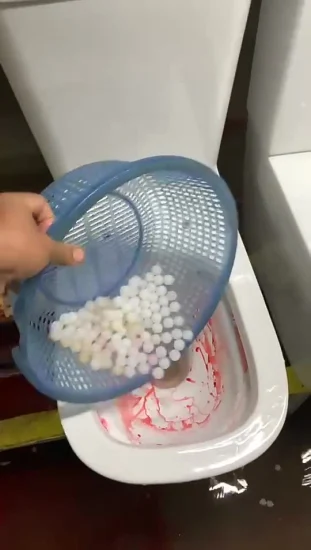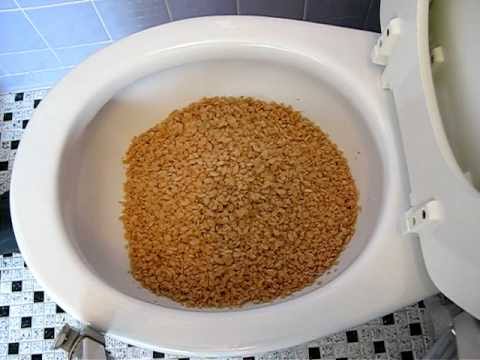Are You Allowed to Dispose of Food Down the Toilet?
Are You Allowed to Dispose of Food Down the Toilet?
Blog Article
What're your thoughts about Is it safe to flush food (especially rice) down the toilet??

Introduction
Lots of people are frequently faced with the issue of what to do with food waste, specifically when it involves leftovers or scraps. One typical concern that develops is whether it's fine to flush food down the toilet. In this article, we'll look into the reasons that people might think about flushing food, the repercussions of doing so, and alternative approaches for correct disposal.
Reasons why individuals could consider flushing food
Absence of awareness
Some individuals may not be aware of the prospective injury caused by purging food down the bathroom. They may erroneously think that it's a safe technique.
Ease
Flushing food down the toilet may look like a quick and easy service to disposing of unwanted scraps, specifically when there's no close-by trash can offered.
Laziness
In many cases, people might just choose to flush food out of sheer laziness, without taking into consideration the repercussions of their activities.
Repercussions of flushing food down the commode
Environmental influence
Food waste that winds up in waterways can contribute to air pollution and injury aquatic environments. Additionally, the water utilized to flush food can stress water resources.
Plumbing issues
Flushing food can cause clogged pipes and drains pipes, causing costly pipes repairs and hassles.
Kinds of food that ought to not be flushed
Coarse foods
Foods with fibrous textures such as celery or corn husks can obtain tangled in pipelines and trigger blockages.
Starchy foods
Starchy foods like pasta and rice can absorb water and swell, leading to clogs in pipes.
Oils and fats
Greasy foods like bacon or food preparation oils must never ever be flushed down the commode as they can solidify and create obstructions.
Correct disposal methods for food waste
Making use of a garbage disposal
For homes equipped with garbage disposals, food scraps can be ground up and flushed via the pipes system. However, not all foods are suitable for disposal in this way.
Recycling
Particular food product packaging materials can be recycled, reducing waste and decreasing environmental influence.
Composting
Composting is an environment-friendly means to deal with food waste. Organic products can be composted and made use of to improve soil for gardening.
The significance of correct waste monitoring
Lowering environmental damage
Appropriate waste management methods, such as composting and recycling, assistance minimize contamination and protect natural resources for future generations.
Safeguarding pipes systems
By staying clear of the practice of flushing food down the bathroom, homeowners can protect against costly plumbing fixings and maintain the honesty of their plumbing systems.
Final thought
Finally, while it might be appealing to purge food down the commode for convenience, it is essential to comprehend the prospective consequences of this action. By embracing correct waste monitoring techniques and throwing away food waste properly, individuals can contribute to much healthier plumbing systems and a cleaner environment for all.
FLUSH FOOD DOWN THE TOILET?
FLUSHING FOOD CAN CAUSE BLOCKED DRAINS IN YOUR HOME
All of the plumbing fixtures in your home are connected to the same sewer pipe outside of your home. This outdoor sewer pipe is responsible for transporting all the wastewater from your home to the Council sewer mains. Even small pieces of food that go down the kitchen sink can cause problems for your sewer. It should therefore be obvious that flushing larger bits of food, such as meat, risks a clog in either the toilet itself or the sewer pipes. Flushing greasy food is even more problematic because oil coagulates when it cools, coating the interior lining of your pipes.
THE TOILET IS NOT A BIN
Food isn’t the only thing that people shouldn’t be flushing down the toilet. People use the toilet to dispose of all kinds of things such as tampons, makeup wipes, dental floss, kitty litter and even underwear. Water goes to great lengths to educate residents about the high costs and stress placed on wastewater treatment systems simply from people flushing the wrong stuff down the toilet. It costs taxpayers millions of dollars each year, and homeowners thousands in blocked drain repairs.
FLUSHING FOOD IS A WASTE OF WATER
Flushing food is a waste of our most precious resource - water. In June this year Level 1 water restrictions were introduced to protect water supply from drought conditions. Much of New South Wales continues to be affected by prolonged drought with recent figures revealing up to 97 per cent of the state remains in drought. Depending on whether you have a single or dual flush toilet, every single flush uses between five and 11 litres of water. In the current climate this is a huge amount of water to be wasting on flushing food that should be placed in the bin (or better yet, the compost).
https://www.jabplumbingsolutions.com.au/blog/can-you-flush-food-down-the-toilet

Do you really like reading up on What Can Happen If You Flush Food Down the Toilet?? Post a remark further down. We'd be pleased to hear your views about this piece. We hope that you come back again soon. Sharing is good. You won't know, you will be doing someone a favor. Thank-you for your time spent reading it.
Call Today Report this page